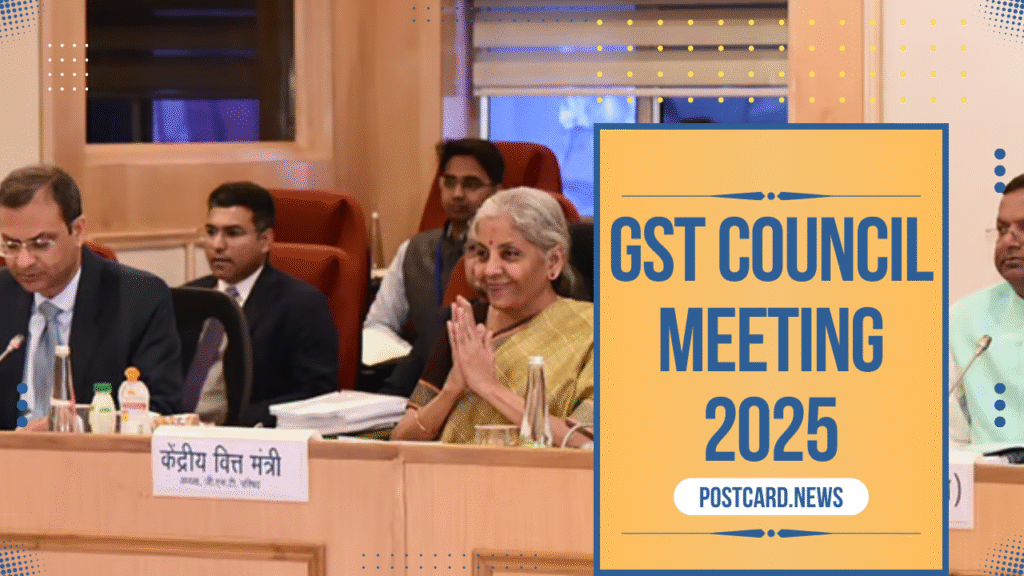Prime Minister Narendra Modi announced GST reforms as a “Diwali gift” to ease tax burdens on the auto, insurance, personal care, and electronics sectors. The GST Council meets September 3-4, 2025, to finalize a two-tier tax structure, slashing rates to 5% and 18% for most goods.

GST Council’s September Meeting
The GST Council, led by Finance Minister Nirmala Sitharaman, convenes in Delhi on September 3-4, 2025, to discuss rate rationalization. Modi’s plan simplifies the current 5%, 12%, 18%, and 28% slabs into 5% and 18%, with a 40% rate for luxury and sin goods. The council aims to implement the new structure around the festive season, likely by Diwali 2025, though the exact rollout date will depend on notifications after the meeting. States may resist due to potential revenue losses, but the Centre seeks consensus to streamline compliance and reduce disputes.
Auto Sector Benefits
The auto industry expects significant relief from Modi’s reforms. Small cars and two-wheelers are proposed to move from 28% to 18% GST. High-end bikes above 350cc may attract a higher 40% slab, though final categorisation is under discussion. Auto parts are also expected to move to the standard 18% slab, reducing overall maintenance costs if approved. This move aims to spur demand, especially for budget-conscious buyers, and support manufacturers facing high input costs. Industry bodies, however, are still seeking clarity on whether larger vehicles will continue to attract a higher cess under the new system.
Insurance and Personal Care Savings
The GST Council is considering exemptions on health and life insurance premiums, especially for senior citizens and term policies, though final approval is awaited. Personal care essentials like soaps, toothpaste, and shampoos are proposed to move from the current 18% to 5% GST, significantly easing household budgets. These cuts aim to ease household budgets, especially for middle-class families, and boost consumption of daily essentials during the festive season.
Electronics Price Cuts
Electronics such as mobile phones, air conditioners, refrigerators, and TVs shift from 28% to 18% GST. This reduction targets aspirational goods, making them more accessible to consumers. The reforms also simplify compliance for businesses, potentially lowering operational costs and encouraging investment in India’s electronics sector.

